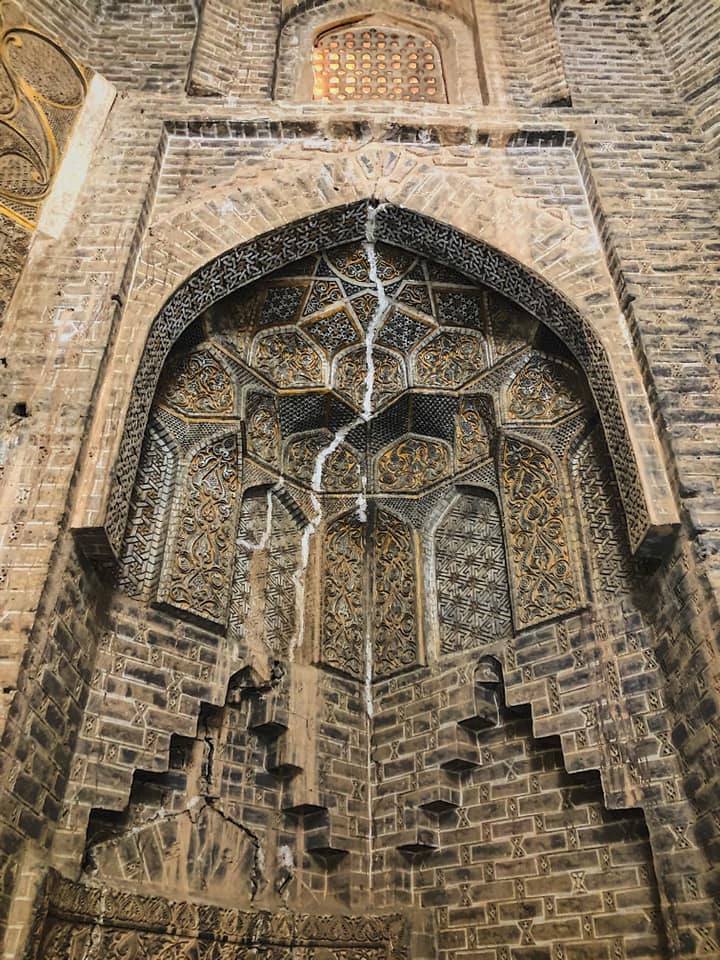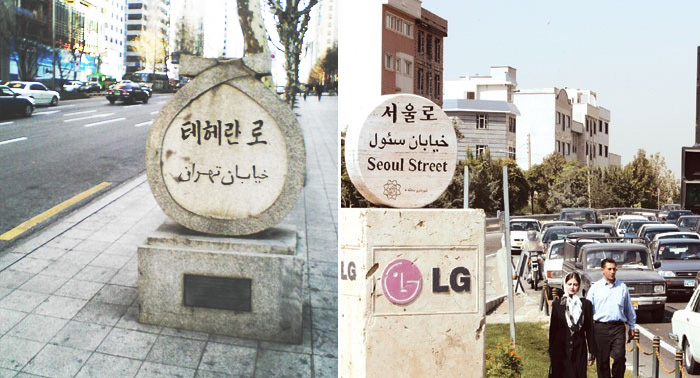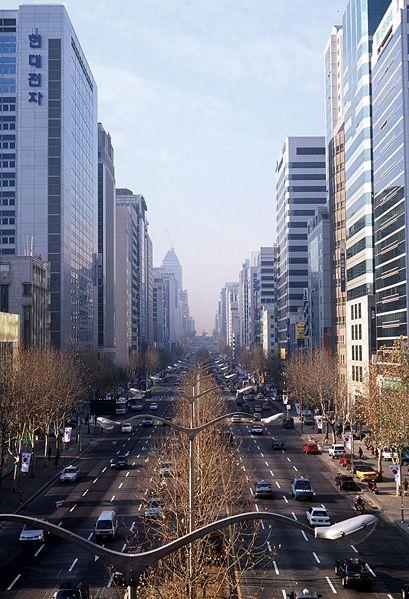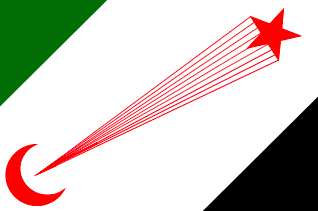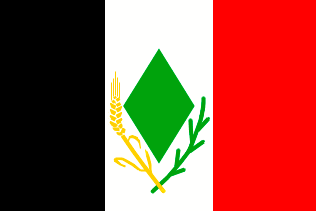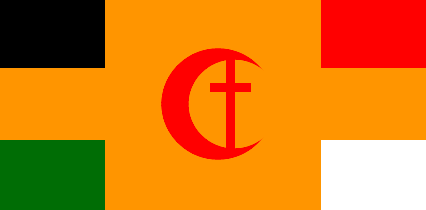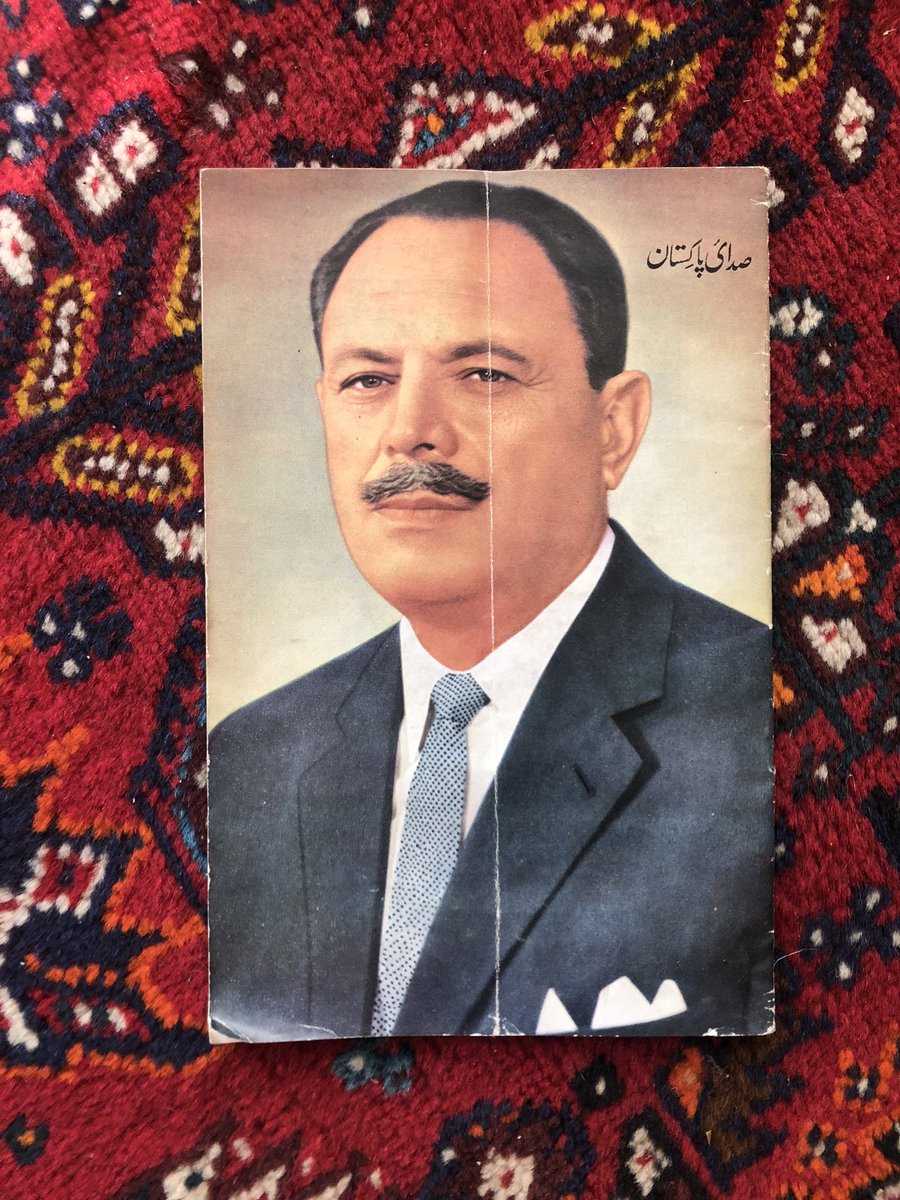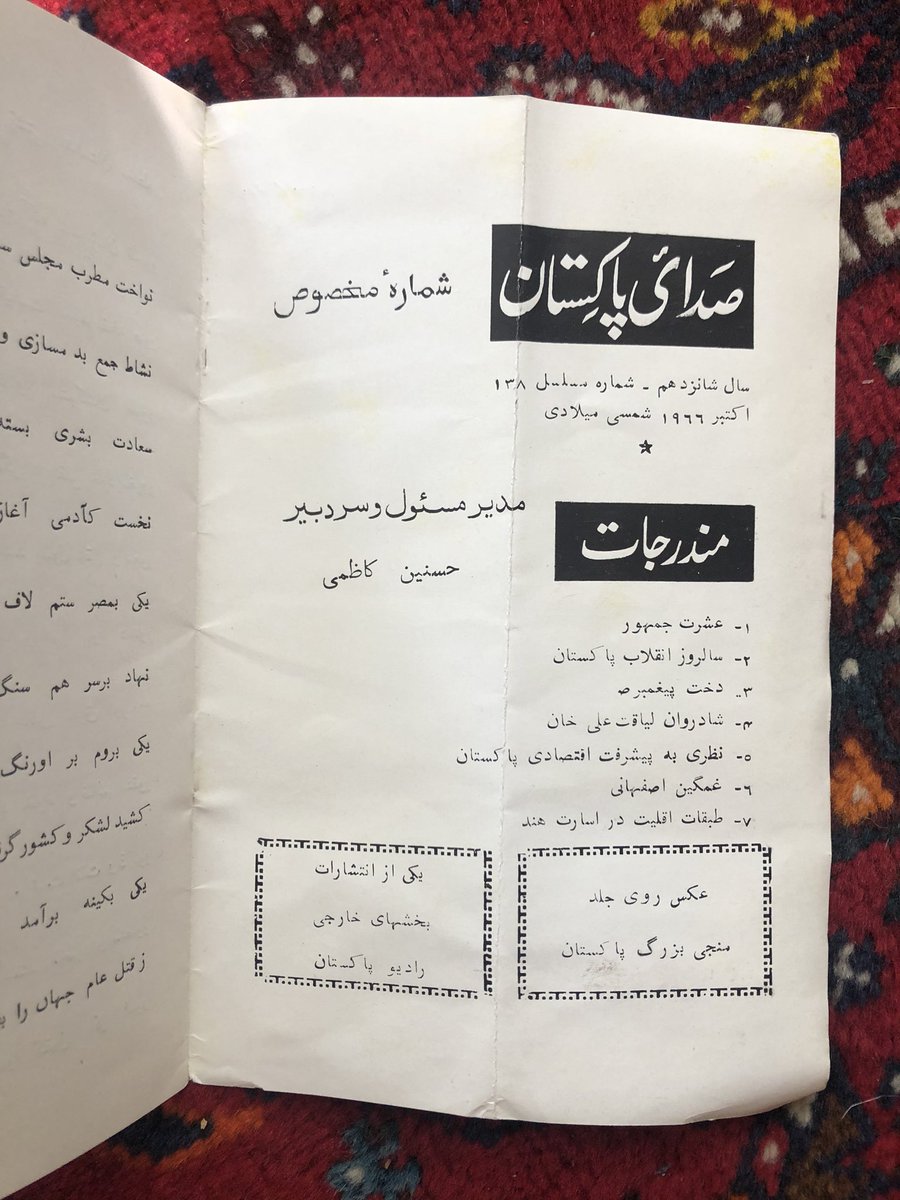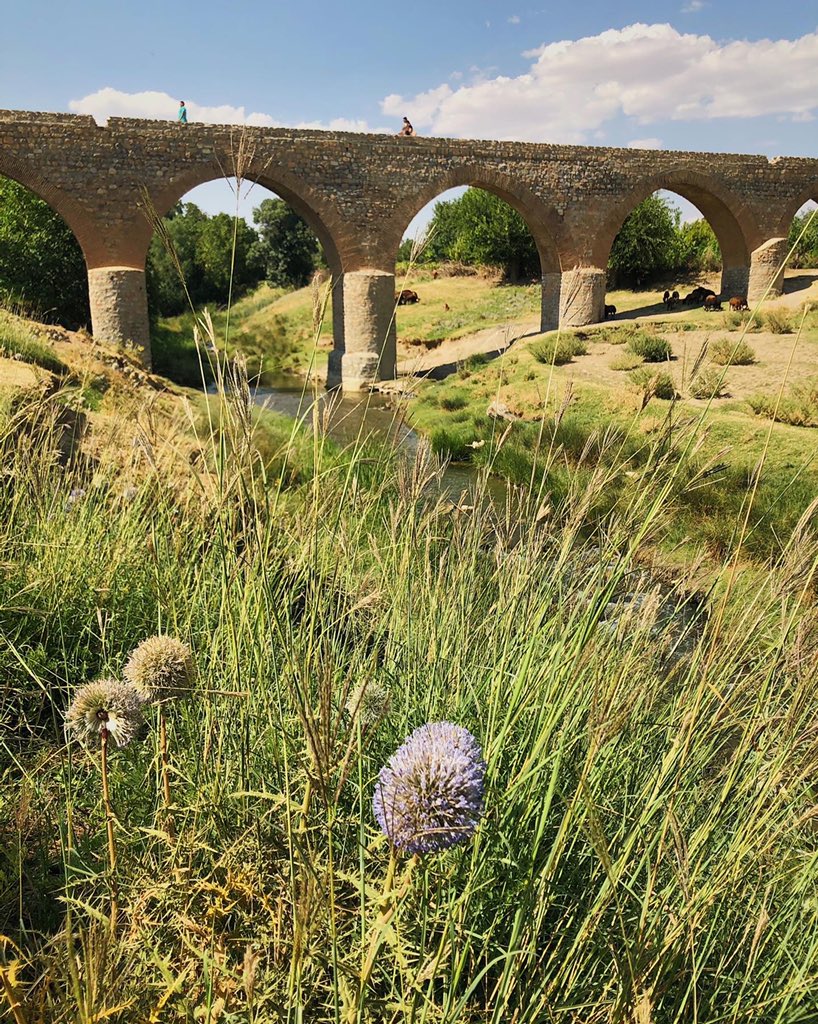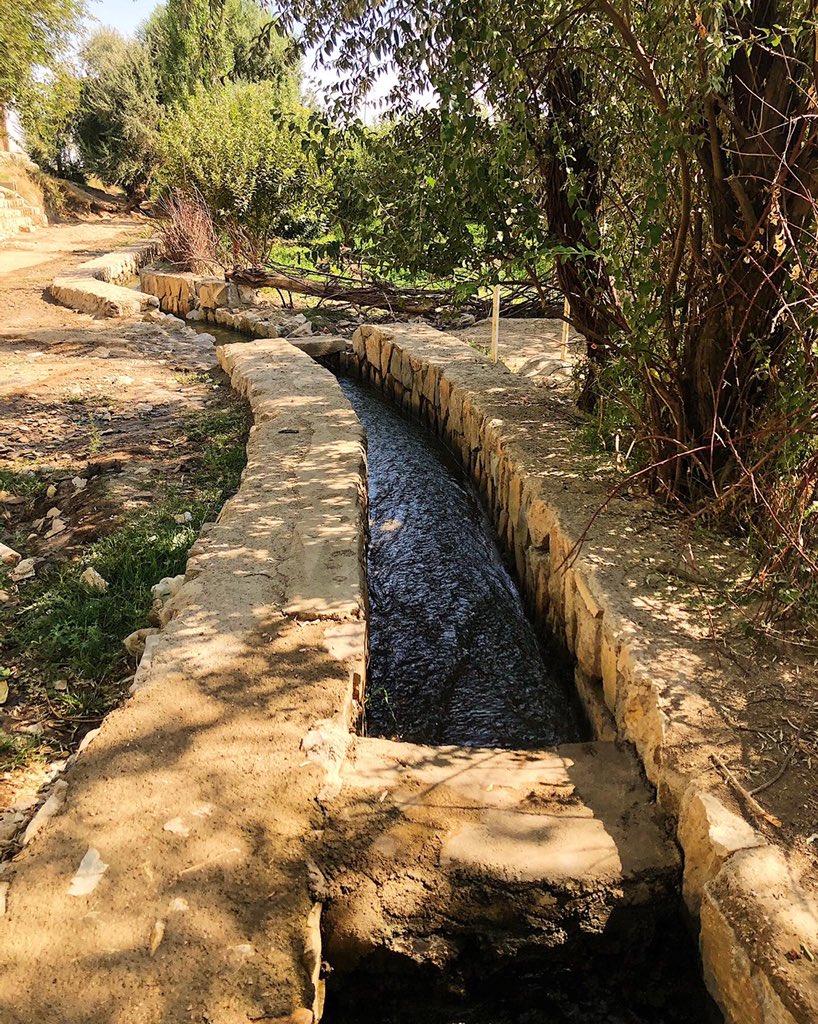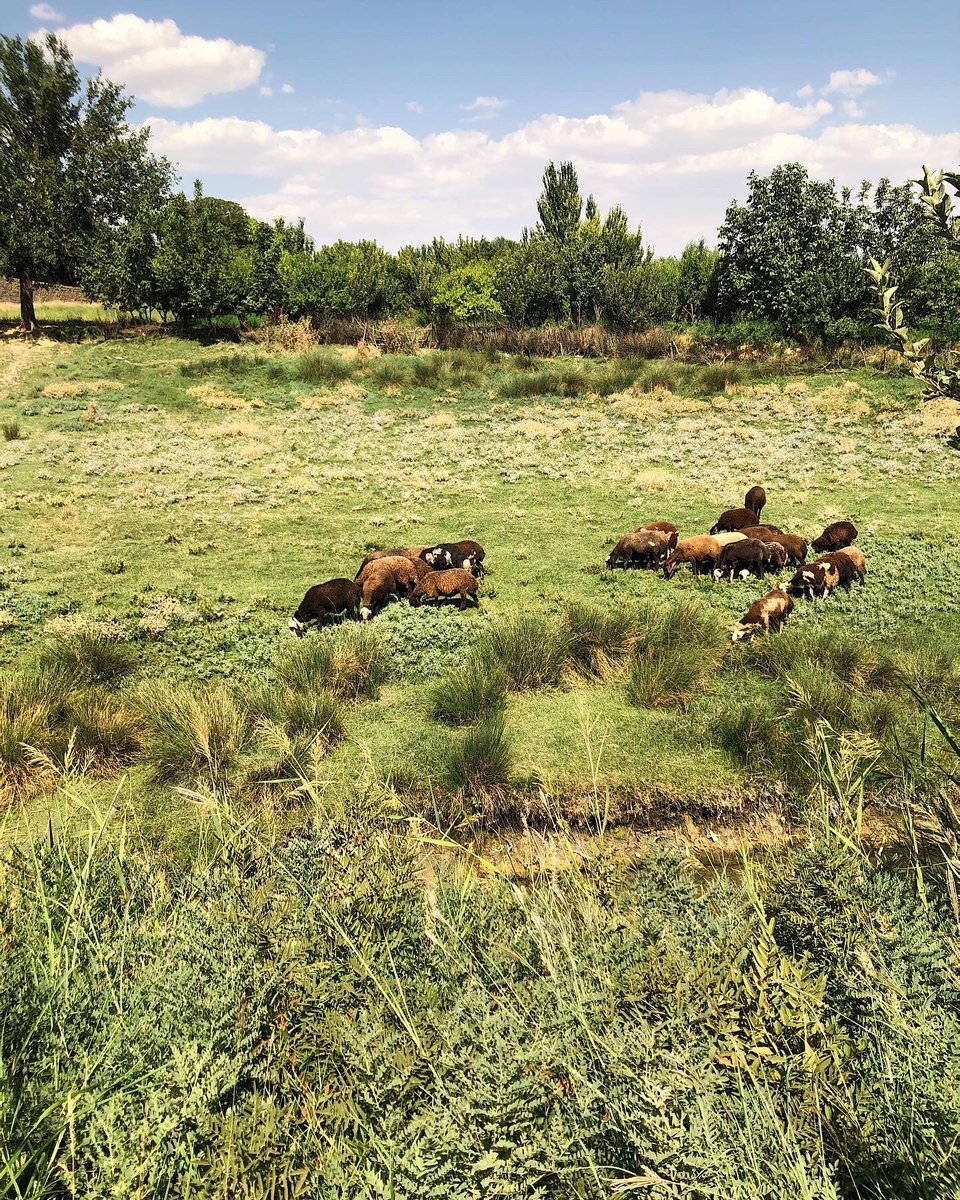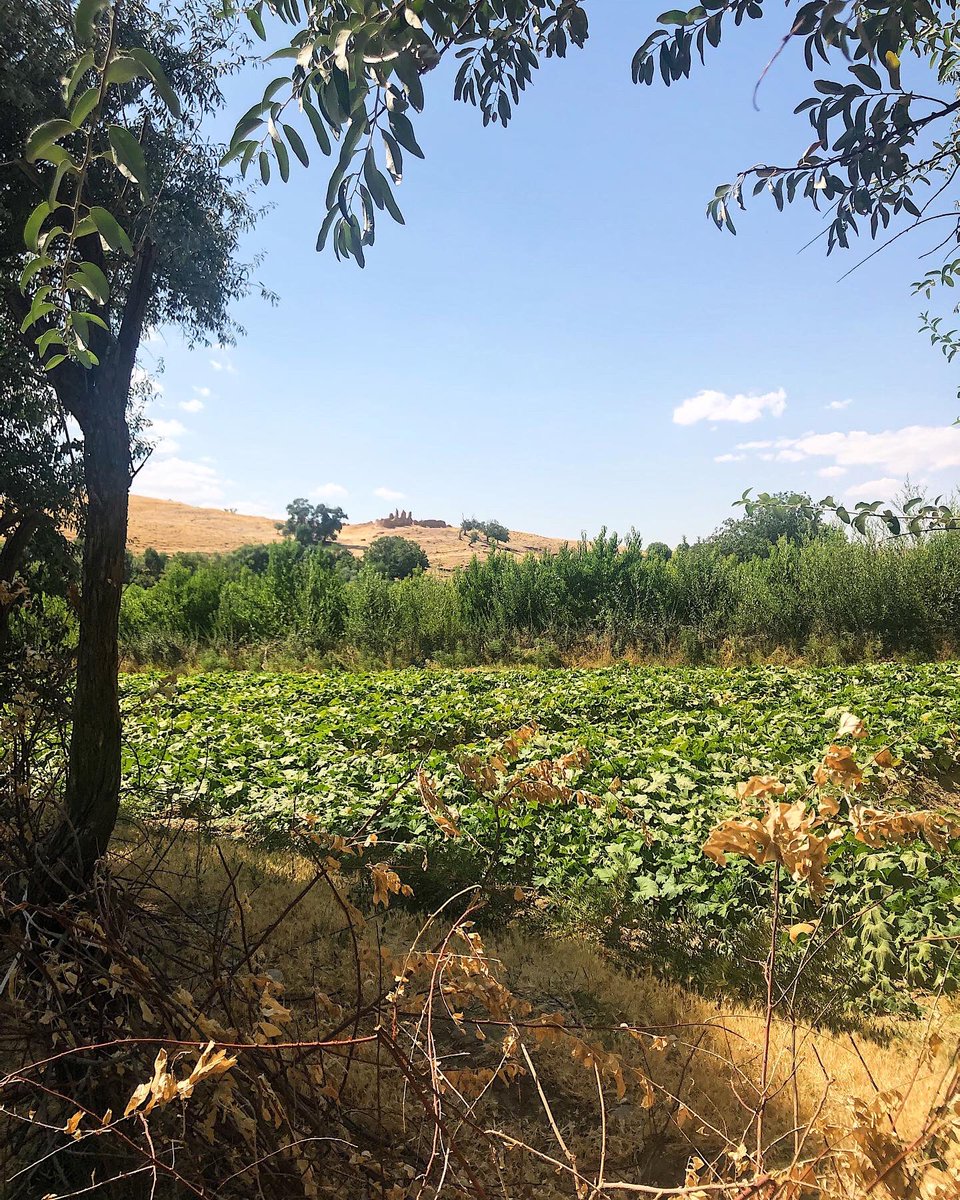
Egypt’s 1977 Bread Intifada, a story about the power of collective action and people power in the Middle East:
https://twitter.com/progintl/status/1483377147083472896
“The most recent and vivid memory of bread and revolt in Egypt is tied to the 25 January revolution slogan: “eish, horeya, a’dala egtema’eya” (bread, freedom, and social justice).
Before that there was“Intifadet Al-Khobz” (The Bread Intifada).”
egyptianstreets.com/2022/01/18/45-…
Before that there was“Intifadet Al-Khobz” (The Bread Intifada).”
egyptianstreets.com/2022/01/18/45-…
The burning down of police stations, the local centres of repression, was central to the Bread Intifada:
https://twitter.com/ProgIntl/status/1483377198404968456
A podcast on the Bread Intifada:
https://twitter.com/bahirairl/status/1483727864579166212
• • •
Missing some Tweet in this thread? You can try to
force a refresh


